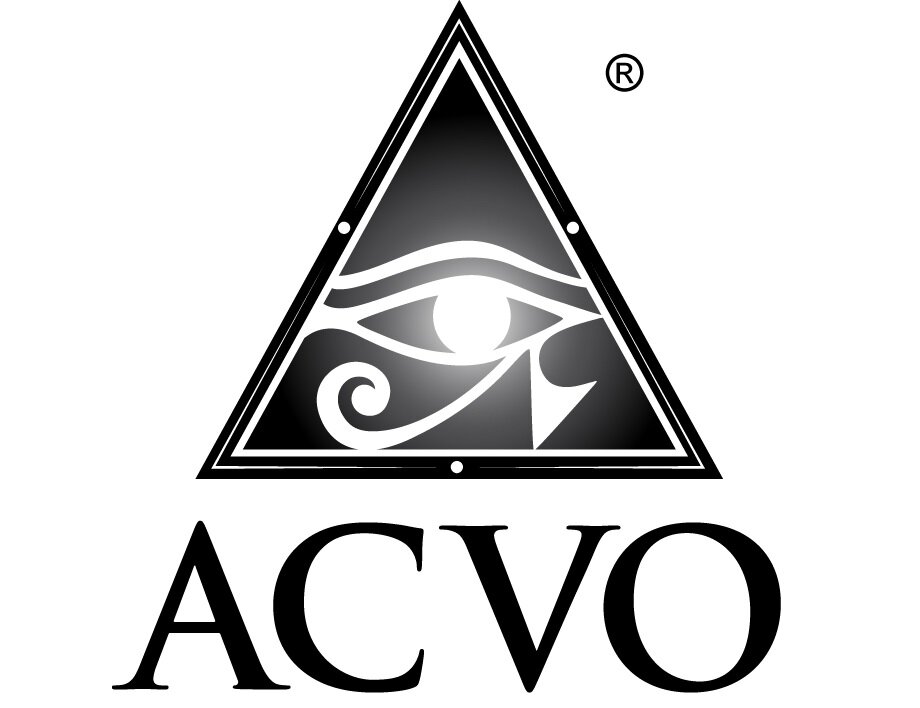Corneal Surgery - When Eye Drops Don't Cut It
Corneal Surgery- When Eye Drops Don’t Cut It.
Nicole Scherrer, BA, DVM, DACVO
The clear surface of the eye is called the cornea and the clarity of this structure is important to maintain vision. Corneal surgery is performed to treat any disease processes which can decrease clarity or threaten the stability of the eye. In horses an inflammatory process called immune mediated keratitis (IMK) can occur which causes cloudiness of the cornea. Corneal surgery to remove a partial thickness section of the cornea that is abnormal can be a very effective treatment for IMK.
The cornea is incredibly thin (<1mm) in its normal state and when a corneal ulcer develops this structure can become even thinner and in the worst-case scenario, can progress to a hole in the eye (corneal rupture). When a corneal rupture occurs, significant damage can happen to the inside of the eye which can threaten vision. The goal of corneal surgery is to intervene before corneal rupture occurs, however, corneal surgery can also be used to treat a corneal rupture if it has happened.
There are a few corneal graft options that are used in our veterinary patients to treat corneal ulcers. If the cornea needs support and a blood supply a conjunctival graft can be placed. This utilizes the pink tissue around the eye, and it is the treatment of choice for deep corneal ulcers and corneal rupture; however, it is a permanent graft so the animal cannot see through the graft even after healing is complete. A corneal donor graft (see photo) or absorbable matrix graft can fill in a corneal defect and provide support, however, these options do not provide an immediate blood supply. The advantage of a corneal graft or absorbable matrix graft is that the cornea can return to a transparent structure and hopefully the animal can see through it after healing has occurred. Which surgery is most appropriate depends on the type of animal, cause of the ulceration, size of the corneal defect, and surgeon preference.

